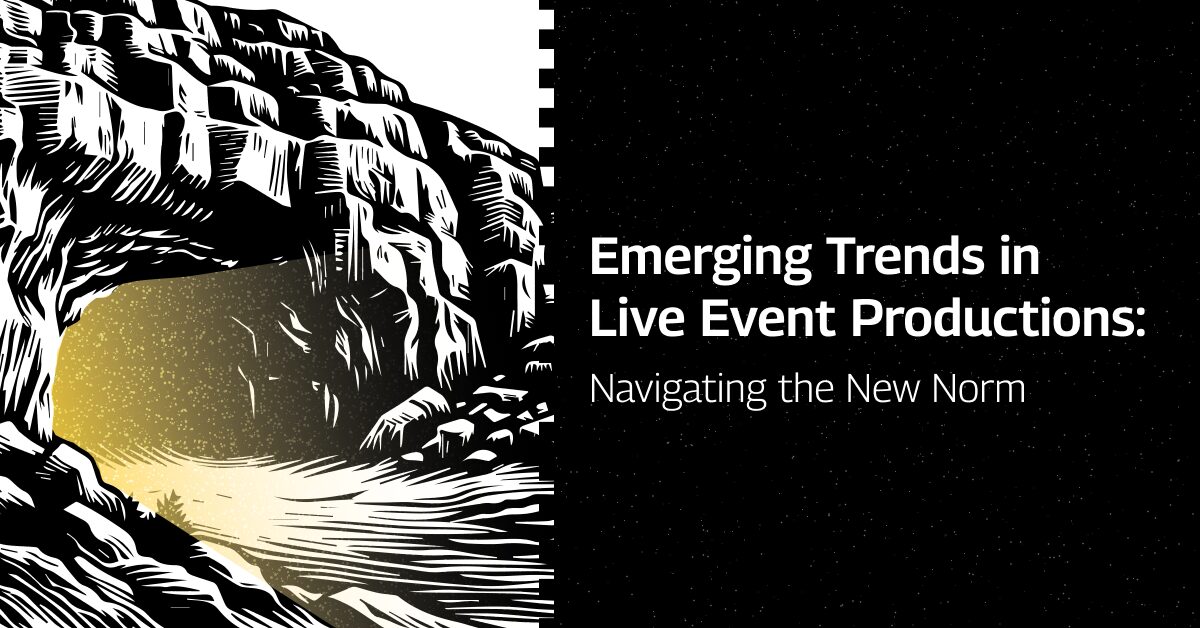Benefits of Light Emitting Diode Video Screens Over Conventional Projection Technologies in Modern Graphic Presentations
Light Emitting Diode video walls have become increasingly favored in multiple settings, such as schools, corporations, and leisure locations. These sophisticated visual systems offer several advantages over conventional projector systems. Recognizing these advantages can help companies make informed decisions about their display requirements. This article will explore the main advantages of LED display screens, including brightness, visual quality, flexibility, upkeep, and energy efficiency.One of the most important advantages of Light Emitting Diode display walls is their luminosity. LED technology produces lively and bright images that can be readily seen in multiple lighting conditions. Unlike conventional projectors, which can struggle in brightly lit environments, LED video screens maintain their sharpness and color precision even in well-lit spaces. This makes them perfect for external events or locations with big windows. The high luminosity levels ensure that the material displayed is always clear, making it simpler for audiences to engage with the data being shown.
In addition to brightness, LED display walls provide superior visual quality. They offer greater definition and better hue reproduction compared to traditional projector technologies. This means that pictures and videos displayed on an Light Emitting Diode screen appear sharper and more detailed. The dot concentration of LED screens allows for near observation without losing clarity, which is especially crucial in environments like trade shows or conferences where attendees may be nearby to the display. Furthermore, LED tech can produce deeper dark tones and more intense colors, enhancing the overall aesthetic experience.
Flexibility is another key benefit of Light Emitting Diode display walls. These systems can be configured in multiple sizes and forms to fit varied areas and design requirements. Unlike traditional projectors, which require a specific spacing from the screen to function correctly, Light Emitting Diode display walls can be set up in a variety of environments. They can be curved, arranged, or even used in innovative layouts to create unique visual presentations. This flexibility allows organizations to customize their visual exhibits to suit their particular requirements, making LED video walls a flexible option for any environment.
Upkeep is also a crucial factor when comparing Light Emitting Diode display walls to traditional projection systems. Light Emitting Diode screens generally require less maintenance over time. Conventional projection systems often need bulb changes and routine cleaning to maintain optimal performance. In contrast, Light Emitting Diode important site tech has a greater lifespan and does not require frequent replacements. This lowers inactivity and maintenance costs, making LED video walls a more cost-effective option in the long-term future. Companies can concentrate on their displays rather than worrying about the upkeep of their display technologies.

Lastly, power efficiency is an important factor for many companies. Light Emitting Diode display walls consume less power compared to traditional projection systems, which can lead to significant savings on energy bills. This is especially advantageous for companies and locations that operate displays for long times. Additionally, the lower energy consumption of LED technology contributes to a reduced environmental footprint, making it a more eco-friendly option. By choosing LED video screens, organizations can enjoy high-quality visual screens while also being mindful of their energy use and environmental footprint.
In conclusion, LED display screens offer many benefits over conventional projector systems. Their brightness, image clarity, flexibility, low maintenance requirements, and power conservation make them an superior option for contemporary display displays. As innovation continues to progress, Light Emitting Diode display walls are likely to grow even more common in multiple environments, providing companies with the resources they require to efficiently convey and engage with their audiences.